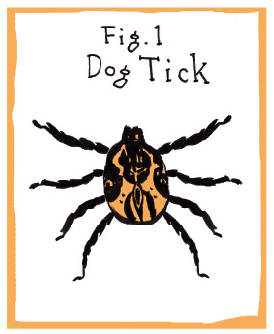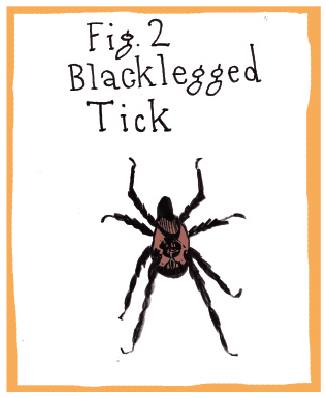
On May 5, Mount Allison opened the doors of Flemington to Lyme disease patients and their families as well as a range of students, faculty members and media personnel for an exciting announcement. Biology professor Vett Lloyd introduced the creation of the Mount Allison Lyme Research Network, which consists of 14 faculty members from various disciplines and nine students who have been awarded Independent Student Research Grants (ISRGs) for the upcoming summer. The purpose of the research network is to attempt to create solutions to a variety of challenges surrounding Lyme disease.
Emma Bush, a fourth-year honours biology student and recipient of an ISRG, welcomed everyone to the event and introduced University Provost and Vice-President Jeff Ollerhead for opening remarks. On behalf of the university, Ollerhead expressed his appreciation to all in attendance, especially those with Lyme disease and their families who travelled to Mt. A specifically for the event.
Bob Doucet, Canadian Lyme Disease Foundation (CanLyme) New Brunswick board member, expressed his gratitude and excitement about the work in progress at Mt. A. Much of the funding for these research projects is being provided by CanLyme. Doucet noted that the multifaceted issues surrounding Lyme disease will require “critical thinkers and an engaged community.” As Doucet went on to explain, Lyme disease research needs to address “political, philosophical, and commerce-based aspects” of the problem as opposed to solely biological approaches. These elements, he said, are things “the Lyme community needs.”
The research projects being undertaken by students this summer include, among others, examining the effectiveness of tick repellents, researching Lyme disease in horses and creating a better means of online communication about Lyme disease.
A short speech from Lloyd elaborated on her own experience with Lyme disease and how this network of researchers has grown immensely. Lloyd said that through her own diagnosis and recovery from Lyme disease she noticed a significant “knowledge gap.” Both Lloyd and Doucet noted in their speeches that diagnosis and treatment of Lyme disease in Canada is a long and arduous process, due to lack of knowledge in medicine but also financial, political and public advocacy concerns that are not being addressed.
Lloyd then acknowledged and thanked her students, saying “it was students from my lab that helped me get to my appointments to receive the treatments I needed.” Lloyd said that when she began her Lyme disease research at Mt. A after her recovery, “it was somewhat of a side project.” However, Mt. A has since become a major Lyme disease research centre in Canada.
Lloyd outlined three important aspects of the new research network. Firstly, “the quality of expertise [of the faculty involved] is top notch” and the students bring a great deal of “energy, passion and commitment” to their respective projects. Secondly, Lloyd highlighted the importance of the project’s interdisciplinarity and noted that there will be contributions not only from the biology and chemistry
departments, but also from areas like philosophy, commerce and religious studies. Lastly, Lloyd noted that this research will be “ethical and patient driven,” emphasizing that first and foremost this research aims to make advancements for patients in the Lyme disease community. To conclude, Lloyd thanked the members of the audience with Lyme disease for their trust in the faculty and student researchers.
Once again, Bush spoke to the audience and thanked them for their presence. This portion of the event was followed by refreshments and tours of the biology labs in which the tick-based research is being conducted. This gave members of the public a chance to see samples of ticks and to converse with students who are involved in the research process – an eventful start to Mt. A’s Lyme Research Network.






